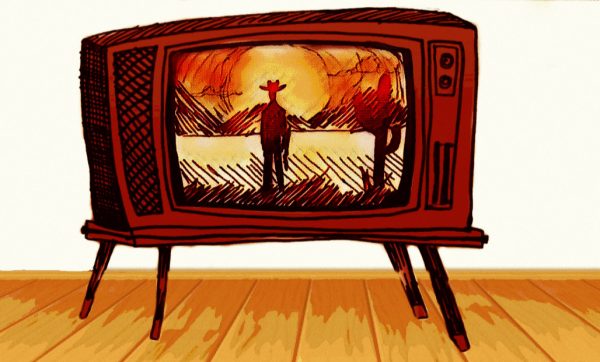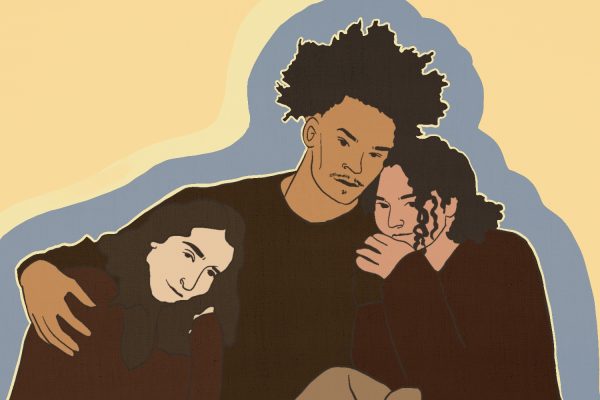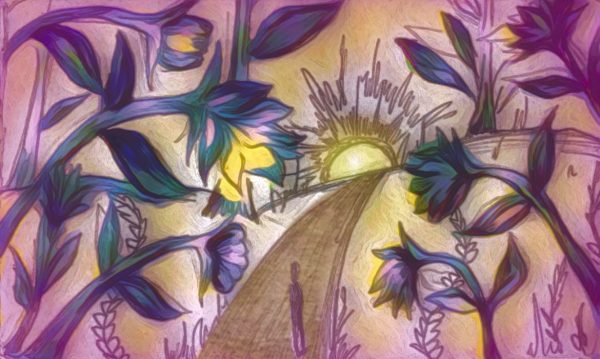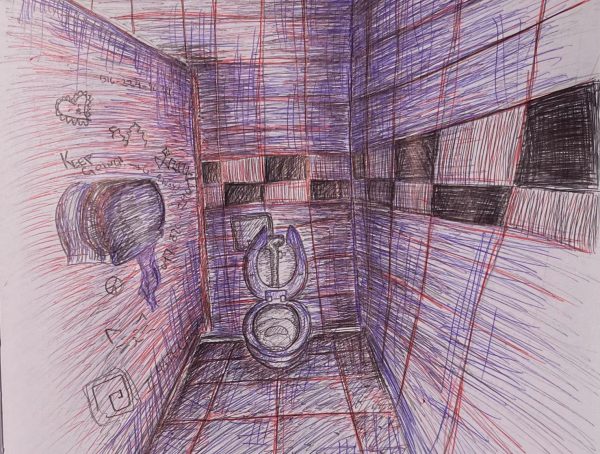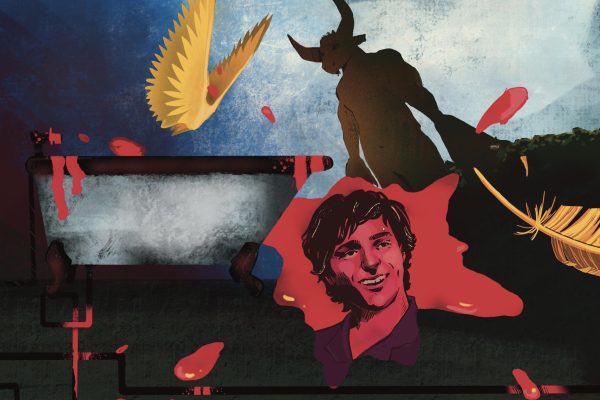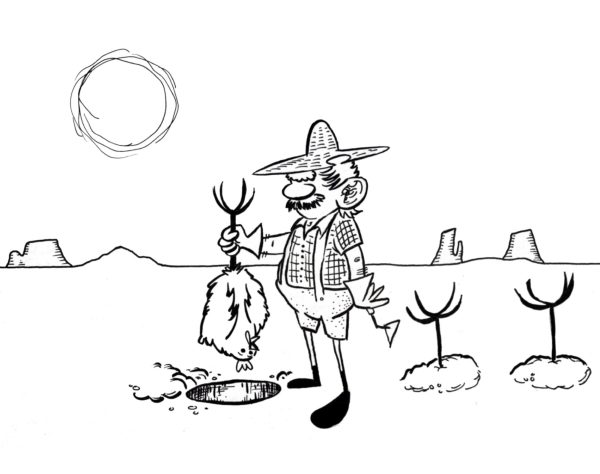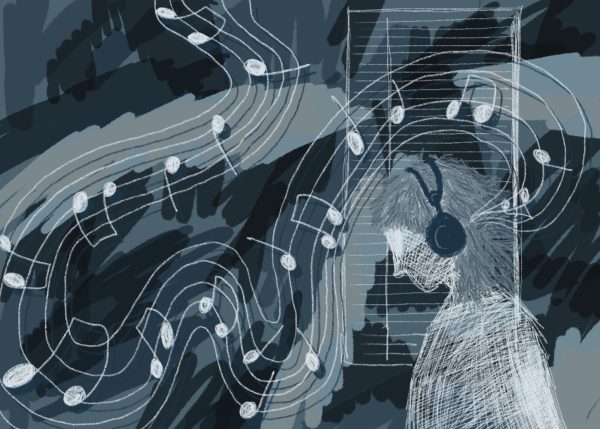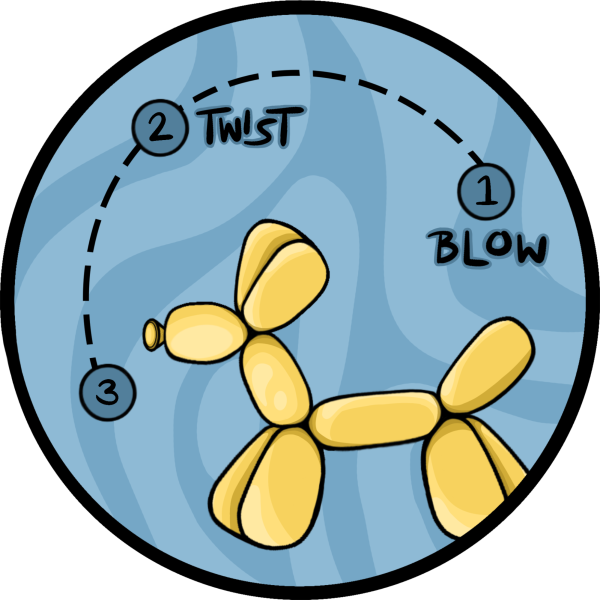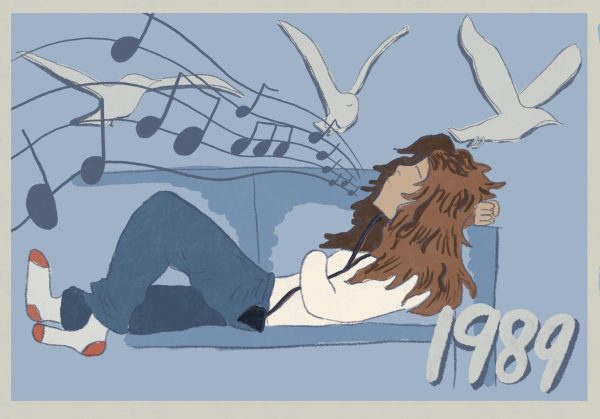Future delivers same sound on new project
Listening to Future is like taking a dose of the drugs he draws inspiration from.
The experience it promises is dark and extravagant, one to be endured with dignity and stamina.
The appeal of the perpetually intoxicated Atlanta artist is the addictingly melodic, emotive and almost cripplingly human qualities preserved both in boastful beats and the bleakest and most embattled bars.
To earn trap rap’s throne, Future has employed what The New York Times called on Wednesday “the art of flooding the market,” dropping three or more projects per year.
The first of the artist’s 2017 releases, “FUTURE” dropped unexpectedly a week before the companion “HNNDRX.” The self-titled set offers a completed caricature of the artist’s previous work.
Future’s baseline influences are the music of the city of Atlanta, its pillars Gucci Mane and Outkast and its history of auto-tuned gangster rap.
Future’s signature style went on to spawn “mumble rap” as a genre and usher in SoundCloud crossover sensations like Lil Uzi Vert and Fetty Wap.
Future was placed on a pedestal in the rap game after the 2015 release of “Dirty Sprite 2,” in which the artist’s ice-cold anguish and marriage to vice reflects on each track in vivid, nightmarish repetition.
The bender seems to be a continuation of the reactive rampages of late 2014’s “Monster,” where Future’s famous split with ex-fiance Ciara is first chronicled, highlighted in the emotional break of the song “Throw Away.”
His following project “Beast Mode” maintains the same focus and veracity. Future’s vivid and destructive coping spawns some of his best work such as “Just Like Bruddas” and “Peacoat.”
The recent albums contrast with earlier projects’ tunnel vision, providing instead more dynamic offerings that attempt a fully completed self-portrait.
In “FUTURE,” the first of the set, the artist flexes his hit making capacity and his characteristic compulsive habits. “Draco,” a rolling, threatening giant of a hit exemplifies Future’s boastful control.
“HNNDRX” is more characteristic of Future’s earlier period of R&B stylings. The love songs he wrote during relationship with Ciara made him famous with his “Honest” and Pluto” mixtapes.
In “HNNDRX” Future bears his other nature, fleshing out a sensitive side still raw and romantic. Too many specific bars suggest he’s never really gotten over his ex.
The album’s opening line addresses her: “If we never speak again, I’m just glad I got to tell the truth.”
In these songs, Future processes the conflict he incessantly numbs with women, wealth and drugs in the first album.
The themes are hardly an expansion on prior work, but there is something to be said for receiving the same consistent quality from Future.
The looped feel of his catalog is aided by his reliance on trap heavyweights Zaytoven, Metro Boomin and Southside.
Even when Future tracks are indistinguishable, the smoky haze of empty excess is a device he has perfected.
Despite the clutter in his collection, countless exceptional tracks and unrelenting efforts justify his unrivaled stake in the scene.


